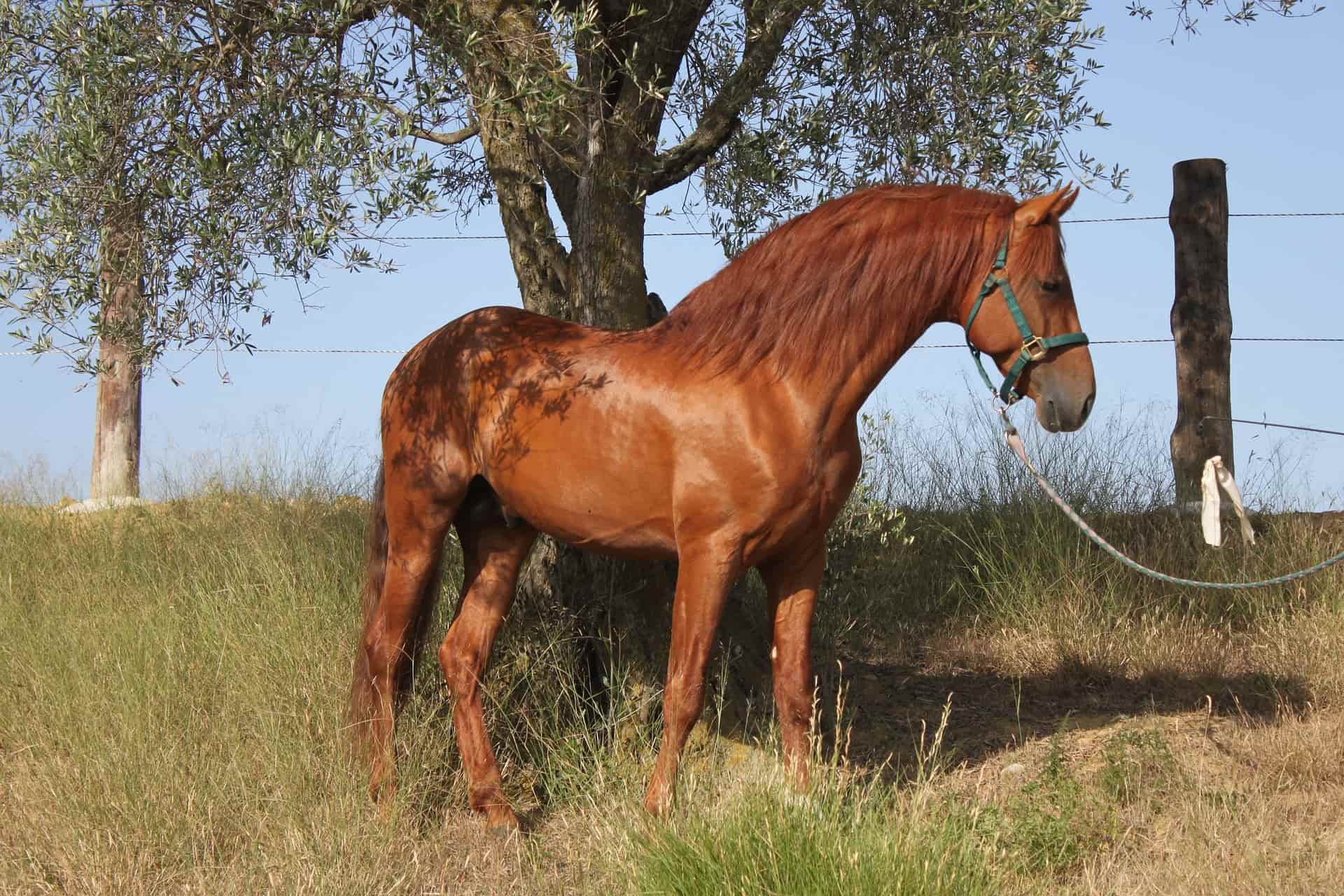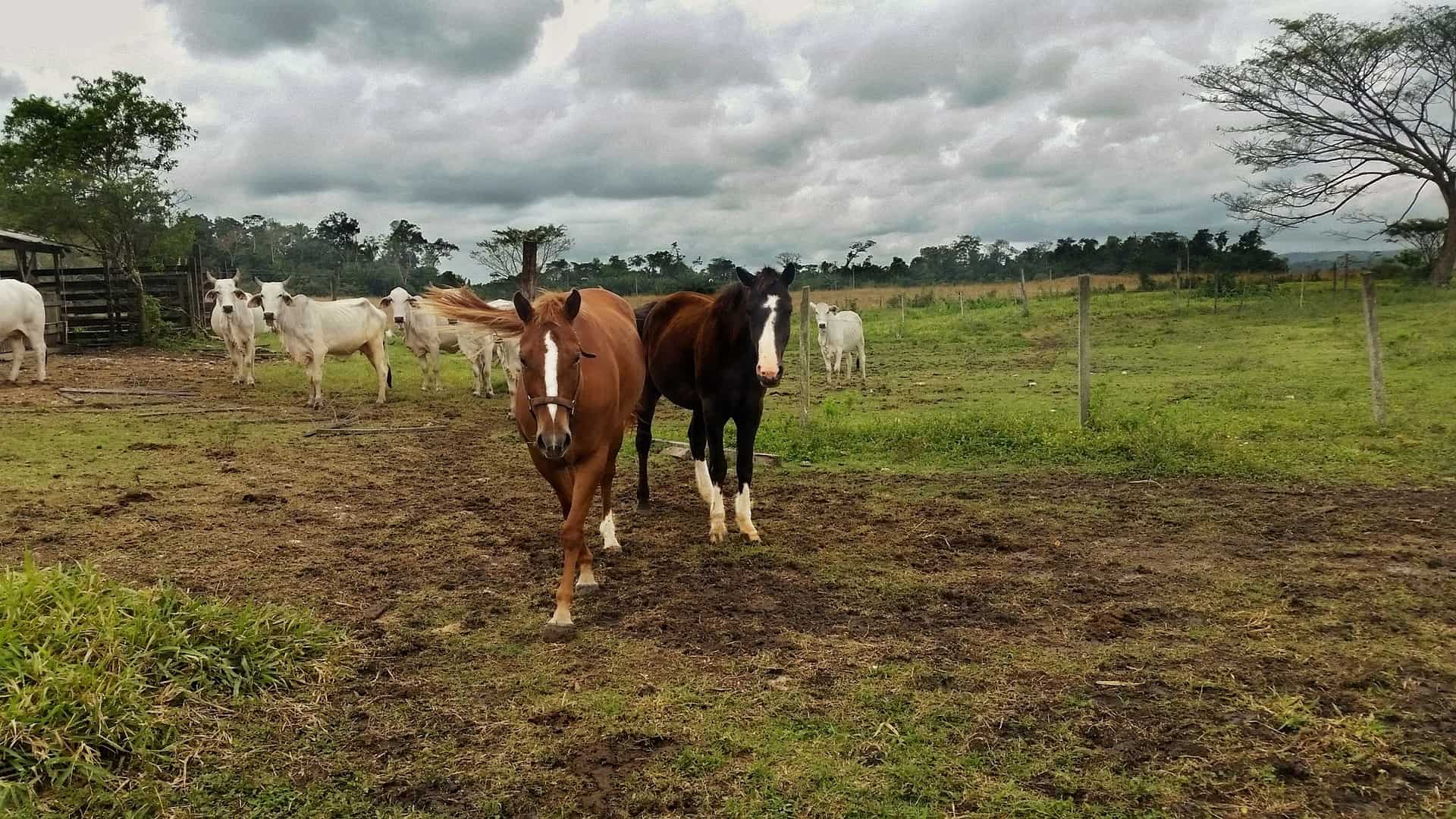Spain has had a long and colorful history as a political and military superpower. During the 16th century, Habsburg Spain covered an expansive territory that stretched from Europe, to the Philippines, and to India. It was also at this time that the country amassed wealth and resources – everything from gold to horses.
Spanish horse breeds were developed for travel, exploration, trade, and conquest. And because the Spaniards managed to conquer much of the globe during their hay day, Spanish horse breeds have spread across the world and often contribute to the bloodlines of many other breeds in various places.
1. Andalusian Horse
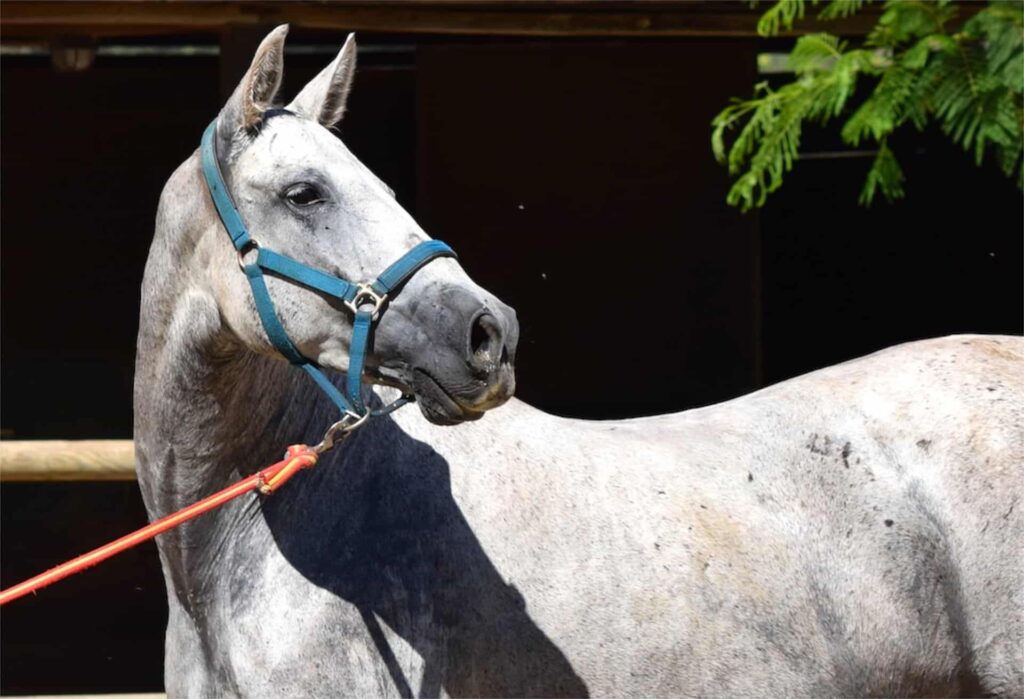
Also called the Pure Spanish horse or PRE, the Andalusian horse comes from the Iberian peninsula. This ancient breed was developed as a war horse, bringing soldiers to battle and invading uncharted territory. In the past, Andalusian horses were used in bullfighting and driving. Today however, it’s a different story.
Modern day Pure Spanish horses find the most success in dressage (see the best horse breeds for dressage) and show jumping. However because of their high intellect and quick wits, the colonial Spanish horse also makes a wonderful pleasure mount and even a promising TV actor. They’re also often called the royal horse of Europe because of their regal stance and presence.
Andalusians also made our list as one of the fastest horse breeds in the world.
2. Galician Mountain Horse
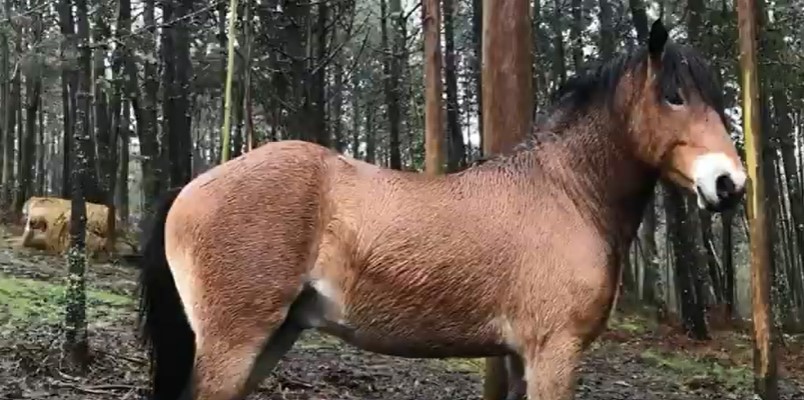
Measuring just 12 to 14 hands, the Galician horse originated from northern Spain but is believed to have been brought to Europe by Celtic immigrants. The compact horses were used widely throughout history as a colonial Spanish horse. Despite their size, these horses were powerful war horses that were quick on their feet.
In the past, the Galician horse was used for agricultural purposes, helping their owners on farms. More recently however, the pony-sized Galician horse is often used as mounts for tourists and even for horse meat production.
3. Peruvian Horse
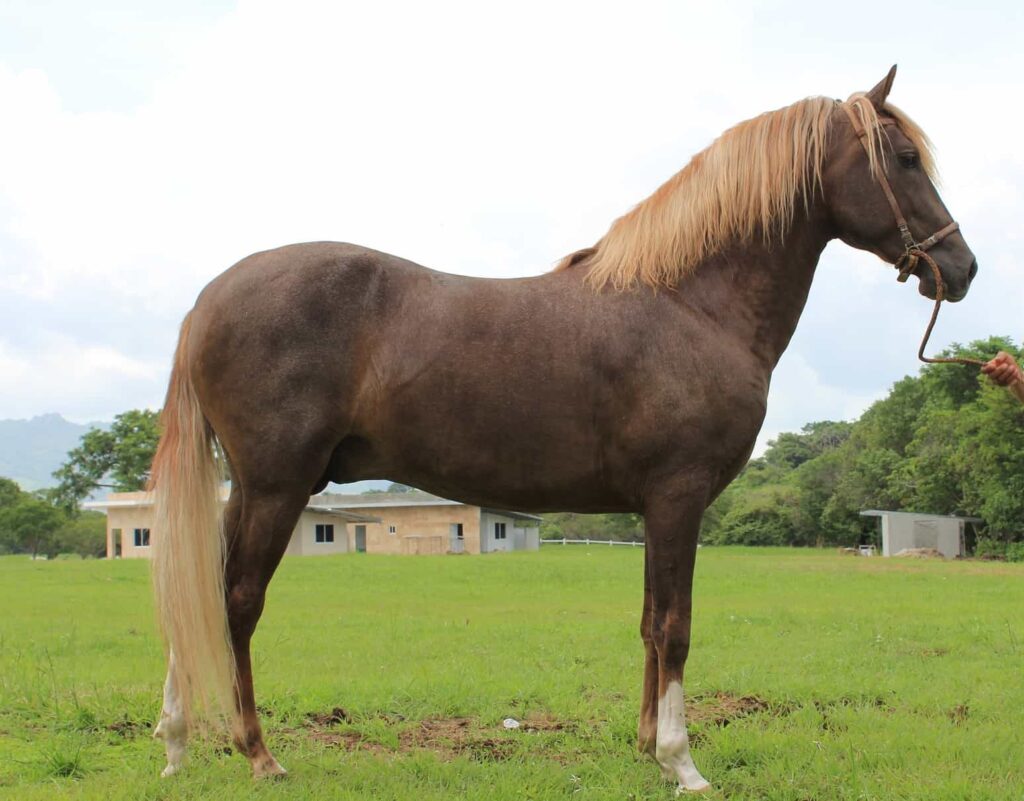
The dignified Peruvian horse exudes an aura of elegance and strength which it inherits from is ancestors from South America. This riding horse has earned significant popularity in pleasure riding because of its unusual ambling gait. One of a few naturally gaited breeds, the Peruvian moves with a distinct, four beat lateral gait called the paso llano.
Because of their smooth gait, the Pervians are wonderful horse breeds for trail riding. They make trail riding much less taxing on the rider. Their long endurance allows for traveling longer distances, while their unique gait pattern reduces bounce on the mount to eliminate pressure on the back and hips.
4. Paso Fino
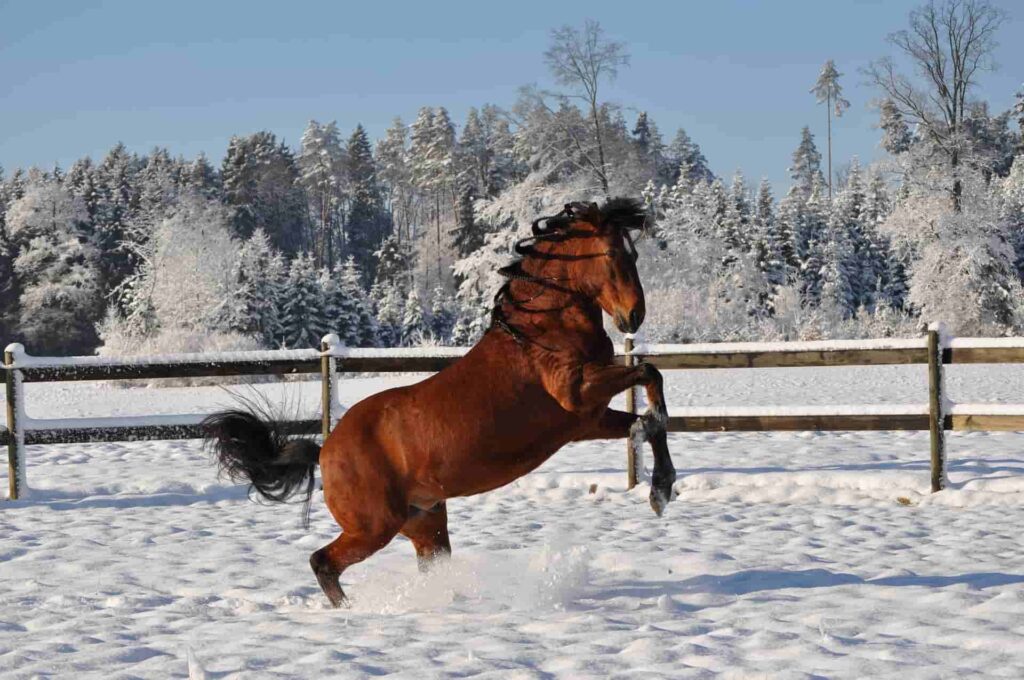
Another naturally gaited horse breed, the Paso Fino were taken to the Caribbean from Spain as far back as 1493. Combining genetics from the Andalusians, Spanish Jennets, and Barbs, the Paso Fino stands with a commanding presence that speaks volumes about its history as a disciplined breed.
Modern day Paso Finos are used in a variety of disciplines including endurance riding and driving. But because of their naturally calm and friendly demeanor, many owners enjoy the Paso Fino for pleasure riding and ranch or farm work. Many Paso Finos also find success as therapy horses because of their gentle, submissive nature.
5. Lusitano
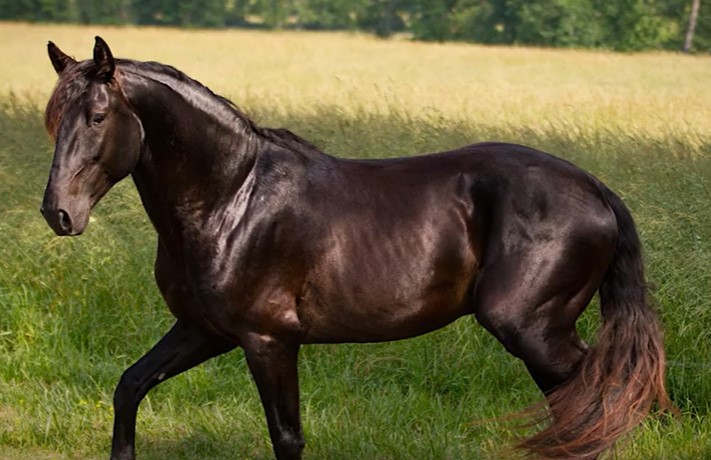
Although recognized today as a Portuguese horse, the Lusitano is actually one of a handful of Iberian horses. Also called the Pure Blood Lusitano or Puro Sangue Lusitano, these elegant horses were once used in war, and were highly desired by Roman invaders who found their way to the Iberian peninsula.
Dating back centuries, this Iberian horse even has representation in ancient cave paintings, giving experts reason to believe that it may be much older than presently accepted. Although once a rare breed nearly pushed to the brink of extinction, the breed register has over 60,000 registered horses in present times.
Read our Lusitano horse beed profile to learn more.
6. Burguete Horse
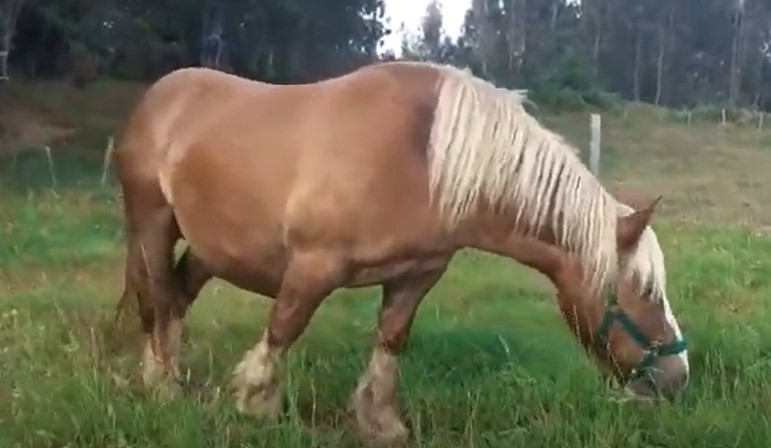
Found across north-eastern and northern Spain, the Burguete horse is a combination of two breeds including the Basque mares of the Jaca Navarra and Trait Breton stallions. This heavy draft horse stands up to 14.2 hands in height and bears the traditional frame of a heavy work horse.
Compact, muscular, and touting a lush, thick mane, the powerful horse breed now mainly exists on breeding farms where they’re bred for their meat. Unfortunately, the Burguete horse breed is considered today as an endangered breed with only roughly 5,000 breeding mares in existence.
7. Retuerta Horse
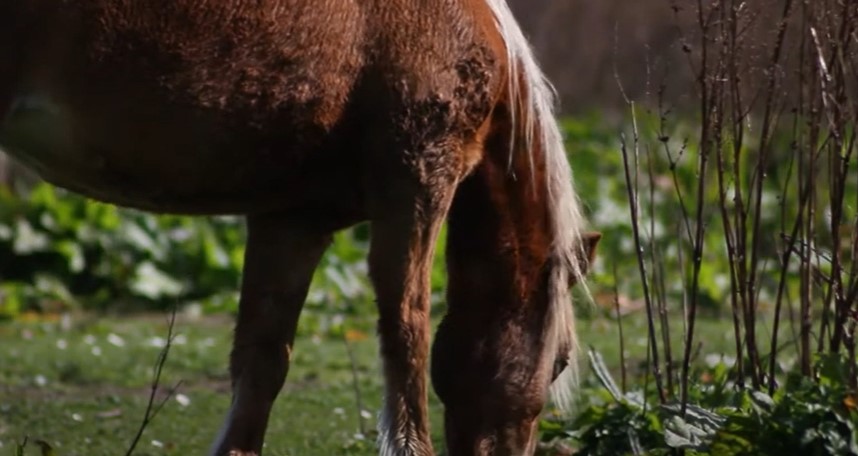
Alternatively called Caballo de las Retuertas, the Retuerta horse gets its name from the sandy, often flooded areas (now recognized as Doñana National Park) where the horses would typically converge to drink. While the Retuerta is believed to be native to this area, findings suggest that the horse may have existed through much of the Iberia in the past.
As one of the oldest Spanish horse breeds, the Retuerta breed is said to have existed as far back as 30,000 BC. Once a proud farm horse, the Retuerta slowly lost popularity with the dawn of newer, faster, more submissive breeds. This, in combination with the loss of their natural territories, became reason for the Retuerta breed to become endangered today.
8. Menorquin Horse
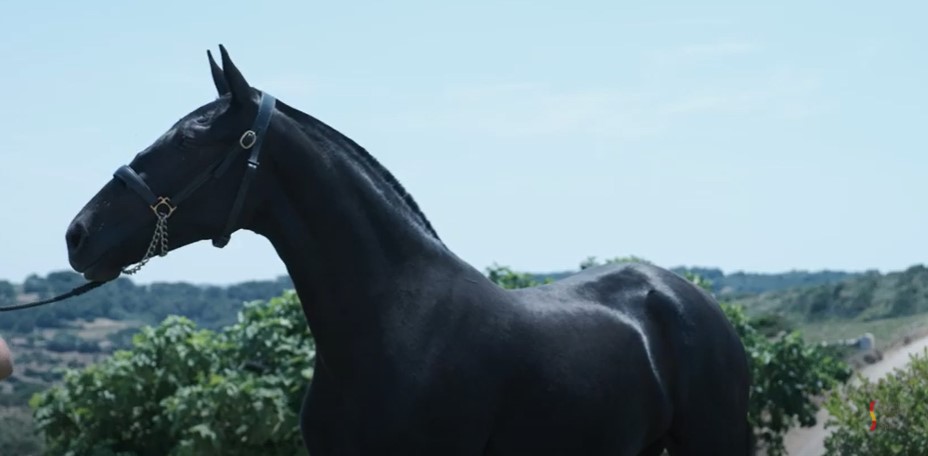
Native to and bred on the Balearic Islands, the Menorquin horse is a spunky, lively, high spirited animal. A fairly new breed, these horses boast an exceptionally long lifespan that can extend up to 40 years – more than 10 years the average horse’s life expectancy.
Rhythmic, graceful, and sublime, the Menorquin has a larger than life personality that may be a difficult hurdle for less experienced horse owners. Recognized as a breed just in 1989, the Menorquin’s lineage is difficult to trace, but genetic tests show a strong affinity with Spanish blood horses.
9. Spanish Trotter
A distinct trotting breed, the Spanish Trotter breed originated from the Balearic Islands where it’s almost exclusively bred and reared. The lightfooted horse excels at trotting races and even classical dressage because of its graceful, elegant movement and easy trainability.
According to genetic studies, the Spanish Trotter bears much similarity to the Mallorquin horse and Menorquín horses. Easy going and docile, the Spanish Trotter also makes for a suitable pleasure mount and for light draft work around a homestead. Many owners have attempted to refine the Spanish Trotter breed by breeding with the French Trotter horse breed.
Check out some of the most stunning French horse breeds.
10. Pottok Horse
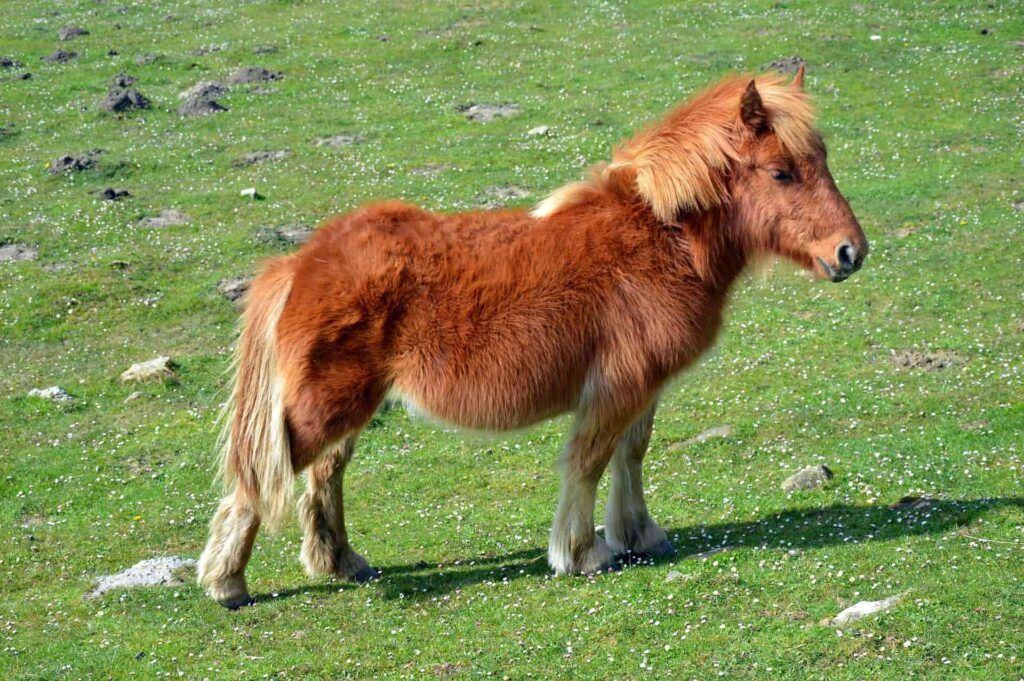
At a maximum of 13 hands, the Pottok horse is so compact that they were often used as pit ponies back in the day. Their almost comically small size also earned them favor as circus animals. However times and trends have changed for the better for these ancient tiny horse breeds.
Presently, Pottok horses have earned popularity as riding horses because of their fairly remarkable endurance and stamina. Many semi feral herds exist throughout Spain, and individual horses that are domesticated make reliable work horses around farms and ranches where light work may be required.
11. Mallorquin Horse
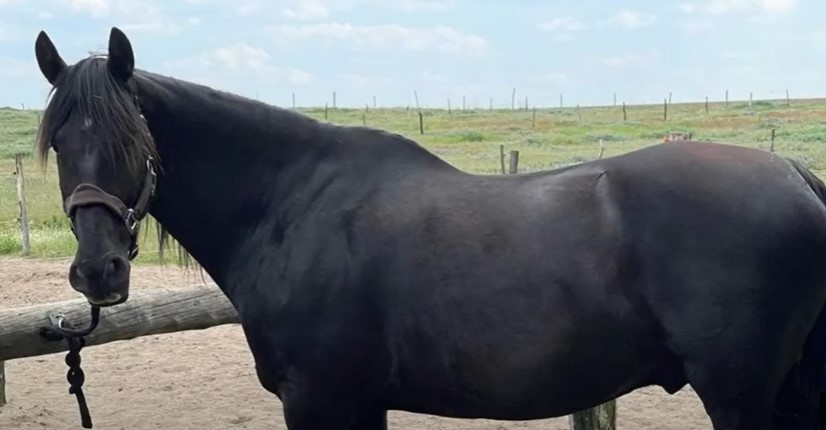
Often born with a beautiful, shiny, black coat with occasional white markings, the Mallorquin horse is a fairly young breed of horse that originated from the Balearic Islands. Considered a rare species, the breed is characterized by its arched neck, upright mane, and its strong, graceful presence.
Although the horse obviously present the qualities of a champion show horse, the Mallorquin horse is used soley as a riding horse where it’s natively found. Also used in farm and ranch work, locals have limited opportunities for sport and show, thus keeping the beautiful horse from competition.
12. Jaca Navarra
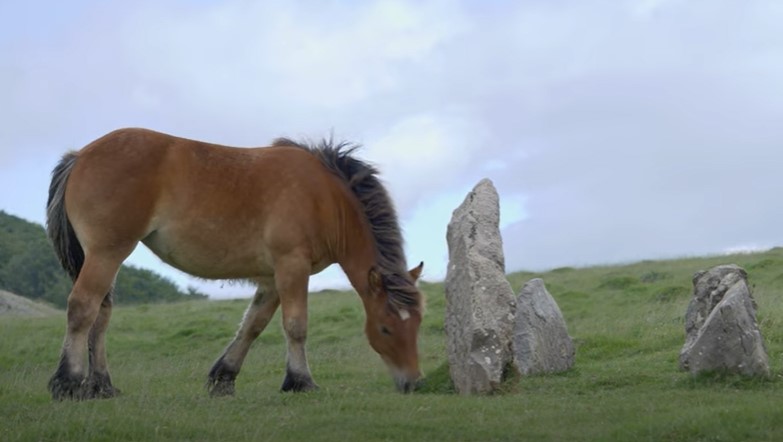
Descended from Iberian horses, this small horse is native to the Navarre region of northern Spain, and goes by a multitude of names. Also called the Navarrese horse, numerous efforts have gone into saving the endangered breed. In recent years, a small herd was released in protected properties like the Sabaiza estate where they’re allowed to roam free.
In 2001, a stud book was opened for the Jaca Navarra. Numerous large organizations including the Livestock Conservancy, United States Equestrian Federation, and the Spanish government have pitched in to help save and propagate the species. In terms of performance, the Jaca Navarra shows excellent promise in the disciplines of trail riding, show jumping, and even hunting.
13. Marismeño

Considered a rare breed, the Marismeño is an Iberian horse that dates back to prehistoric times. Often credited as one of the contributors to the hardy nature and high intelligence of colonial Spanish horses, the Marismeño is one of many beautiful horse breeds with impressively versatile talents, skills, and abilities.
Unfortunately, Marismeño horses today are at high risk of extinction. Not recognized as a breed until the year 2003, efforts to save the horses from being blotted out of existence started merely 19 years ago.
Other Spanish Horses
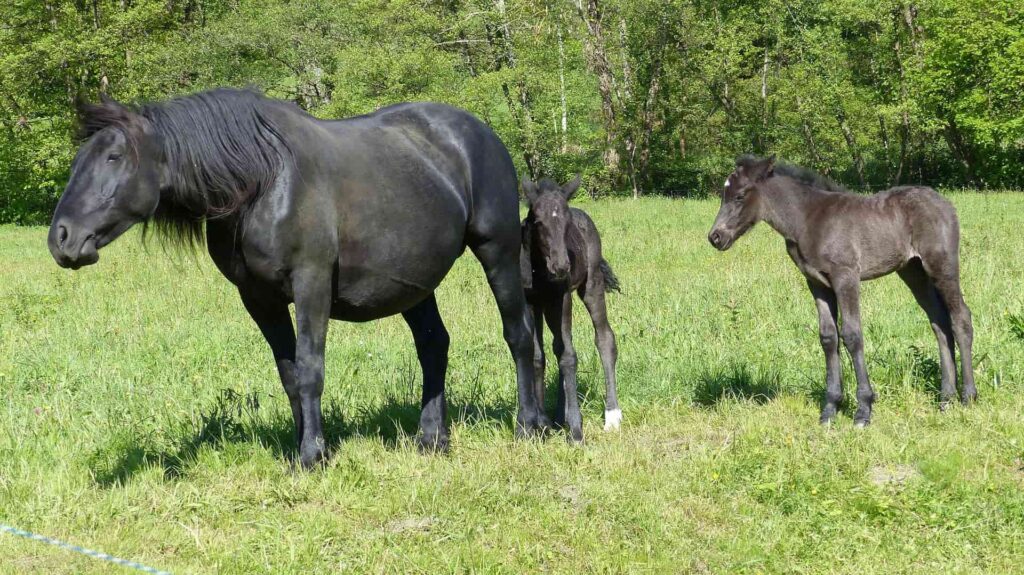
14. Sorraia
Although widely recognized as a Portuguese breed, the Sorraia roamed the Iberian region of ancient days, allowing the variety to spread across to Spain where it also became a prominent breed. Presently a critically endangered species, Sorraia populations presently stand at just 200 individuals. Learn more in our Sorraia horse breed profile.
15. Hispani-Arabe
A cross between the Andalusian and the Arabian horses, the Hispano-Arabe is a versatile, all-around riding breed. Quick on its feet and harmonious in movement, the Hispano-Arabe works mutually with its owner for easy training. Although medium sized, the Hispano-Arabe’s larger-than-life presence makes up for its average built.
16. Hispano-Bretón
Produced from crossing the Pura Raza Espanola with Bretón draft horses, the Hispano-Bretón is a well-built horse that’s low in stature but strong and confident. Although they make for wonderful companions and workhorses, the Hispano-Bretón today is mainly bred and raised for its meat.
17. Losino
Also called the Caballo de Raza Losina, the Losino is considered one of the purest wild breeds of horses existing today. Combining genetics from Galician, Austrian Pony, Sorraia, Merens, and Pottok, the Losino mainly roams throughout the north of Spain where they remain semi-feral. As of writing, there are only about 370 individuals existing.
18. Asturcon
Considered an ancient variety, the Asturcon is native to both Spain and Austria. The horse is identified by its unique ambling movement pattern. Believed to have descended from the Sorraia, Garrano and ancient Celtic ponies, the Asturcon once became a popular mount for women, earning it the title ‘hobby horse.’ In its native region in Spain, there exists a festival that celebrates the Asturcon.
19. Merens
This horse originates from both Spain and Southern France. Originally bred as a mountain horse, this sturdy animal boasts powerful legs and sure footedness that allows it to traverse difficult, uneven, challenging terrain without so much as breaking a sweat. A solid black horse, the Merens is today a multi-purpose breed that excels in both show and sport.
20. Monchino
A primitive horse with a feral nature, the Monchino is a natural born survivor. Able to quickly adapt to changing environmental conditions, this horse has managed to live through some of the most dangerous, difficult habitats in its area. Tough, clever, and stubborn, domesticating the Monchino presents unique challenges that even experienced horse handlers might struggle to overcome.
Frequently Asked Questions
Why are most Spanish breeds endangered?
Spanish horses are mostly ancient varieties that roamed and existed in the country before modern history began. Wars, industrialization, and modernization mainly pushed these animals out of their own natural habitat, limiting the areas where they may freely exist.
On top of that, breeding modern horses has proven a challenge for these Spanish breeds. With faster, smarter, larger horses produced from breeding different varieties, many feral, ancient breeds have lost practicality in the sight of owners and handlers.
Are Spanish horses expensive?
Lots of factors play into the cost of a horse. Its breed, pedigree, health, age, size, and even coat color will contribute to the computation of its price. Generally, Spanish horses aren’t exceedingly, remarkably expensive breeds. But some endangered species may be difficult to acquire.
If you’re after an inexpensive option see our article on the cheapest horse breeds.
What are some other great horse breeds from other countries?
See our other articles for more of the best breeds from around the globe:
Protecting Spanish Horse Breeds
Although once prolific, Spanish horses have declined in population throughout recent years. Events like World War II and the Spanish Civil War greatly influenced the existence of these horses. And with the appearance and development of modernized horse breeds like the Spanish Jennet and Spanish Barb, ancient Spanish horses soon fell out of favor.
Today however, numerous conservancy efforts have tried to restore ancient Spanish horses. By supporting the groups who hope to protect these animals, we may soon populations rise once more.
